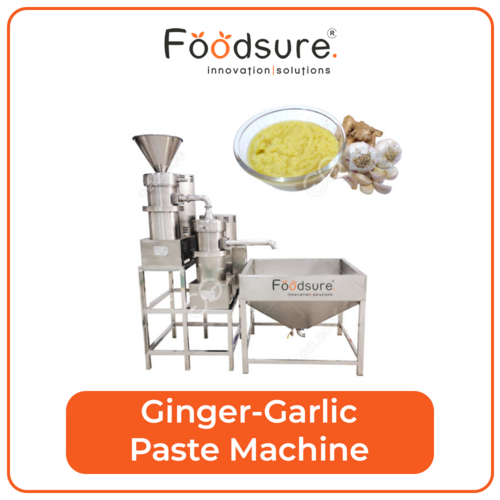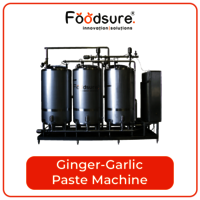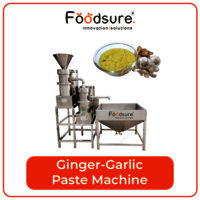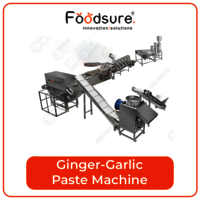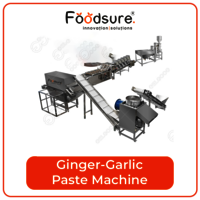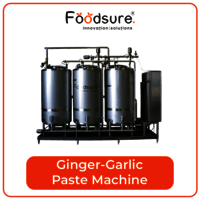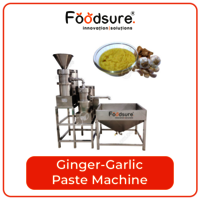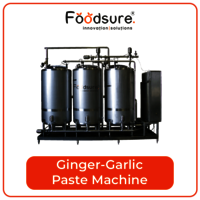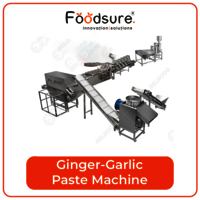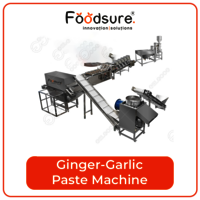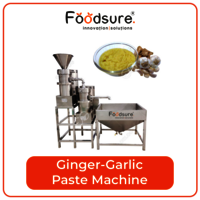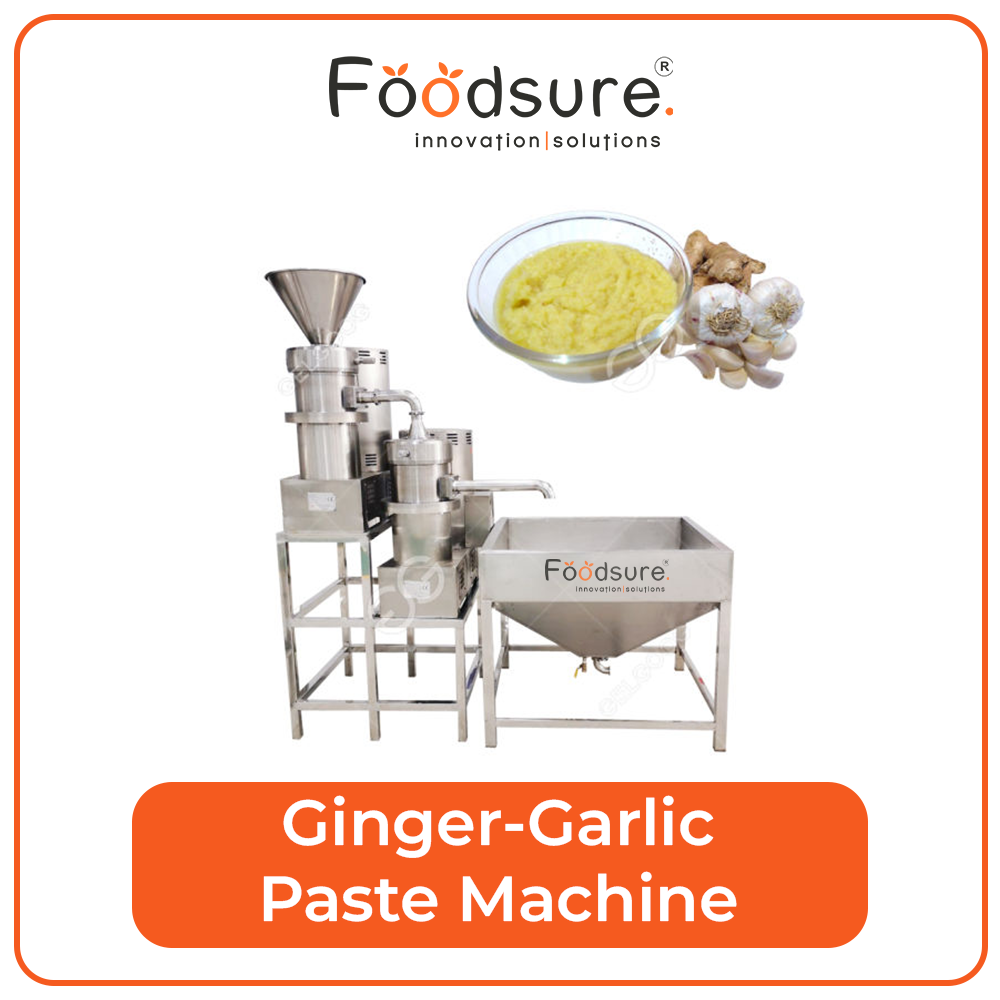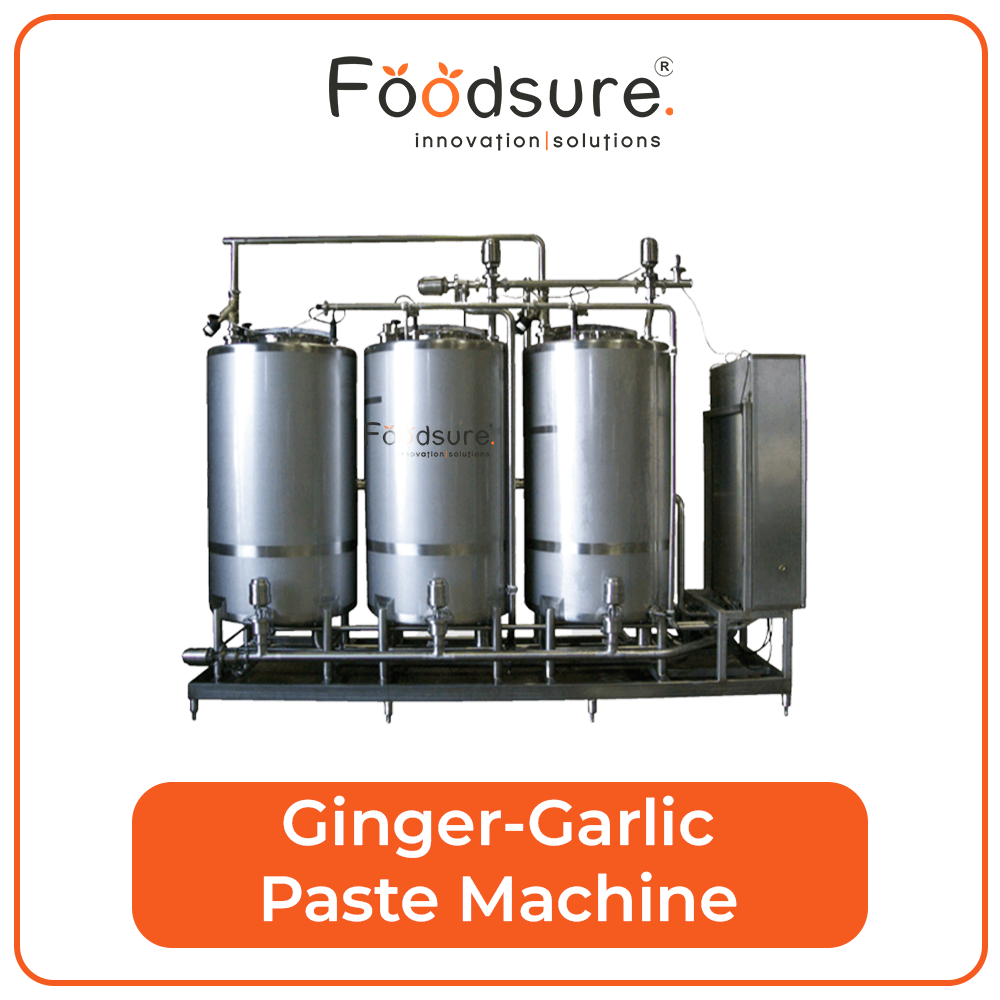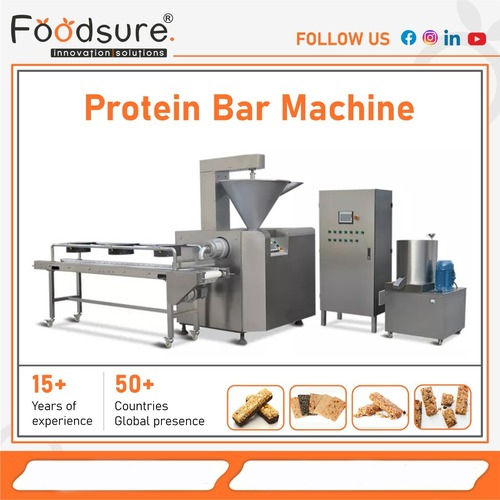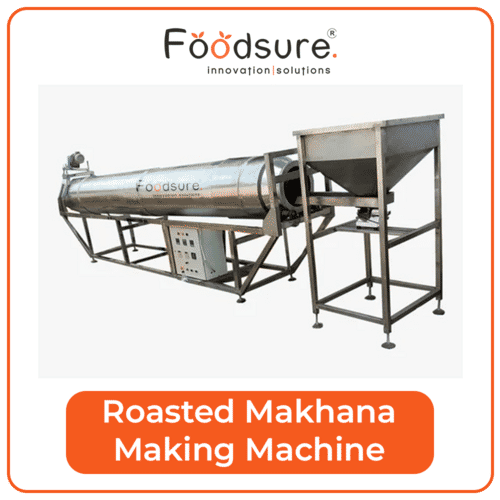Ginger Paste Making Machine
Product Details:
- Product Type Ginger garlic Paste
- General Use Industrial and Commercial
- Material Stainless Steel
- Capacity Upto 2000 Kg/hr
- Weight (kg) 1000 Kilograms (kg)
- Computerized Yes
- Automatic Yes
- Click to View more
Ginger Paste Making Machine Price And Quantity
- 1 Unit
- 1500000.00 INR/Unit
Ginger Paste Making Machine Product Specifications
- Ginger garlic Paste
- Stainless Steel
- Yes
- Yes
- Table Top
- 1000 Kilograms (kg)
- Upto 2000 Kg/hr
- Manual
- 420 Watt (w)
- 20 Watt (w)
- 1 Year
- Industrial and Commercial
Ginger Paste Making Machine Trade Information
- New Delhi
- 10 Unit Per Month
- 30 Days
- Yes
- Free samples are available
- Wooden Packaging, Bubble Wrap Packaging
- All India
- ISO9001:2015
Product Description
To set up a ginger paste making plant, the following steps can be followed:
-
Raw materials: Procure high-quality ginger from local farmers or wholesalers. Ensure that the ginger is fresh, free from pests and diseases, and of the right maturity.
-
Machinery and equipment: Purchase or lease machinery and equipment required for the production process, such as grinders, blenders, mixing tanks, filling machines, and packaging equipment.
-
Production process: Develop a standardized production process for the ginger paste, including cleaning, peeling, grinding, mixing, and filling.
-
Packaging: Choose appropriate packaging materials and equipment that will ensure the ginger paste remains fresh and safe for consumption. Packaging can be in plastic jars or sachets, depending on the target market.
-
Quality control: Develop a quality control system that ensures the final product meets the required standards, including taste, aroma, texture, and shelf life.
-
Legal requirements: Obtain all necessary permits and licenses required to operate a food processing plant, including food safety certificates, business permits, and tax registration.
Ginger paste is a popular ingredient in many cuisines worldwide, including Indian, Thai, Chinese, and Middle Eastern cuisines. Ginger paste is made by grinding fresh ginger roots into a paste, which can be used to add flavor and aroma to dishes or as a marinade for meat or poultry.
The market lead of ginger paste is driven by several factors, including:
-
Growing consumer interest in healthy and natural foods: Ginger is a natural ingredient that has numerous health benefits, including anti-inflammatory and antioxidant properties. As consumers become more health-conscious, they are looking for natural ingredients like ginger to use in their cooking
-
The global ginger processing market to grow at a CAGR of 13.40% during. 2021-2026.The global ginger processing market to grow at a CAGR of 13.40% during 2021-2026.

Price:
- 50
- 100
- 200
- 250
- 500
- 1000+

